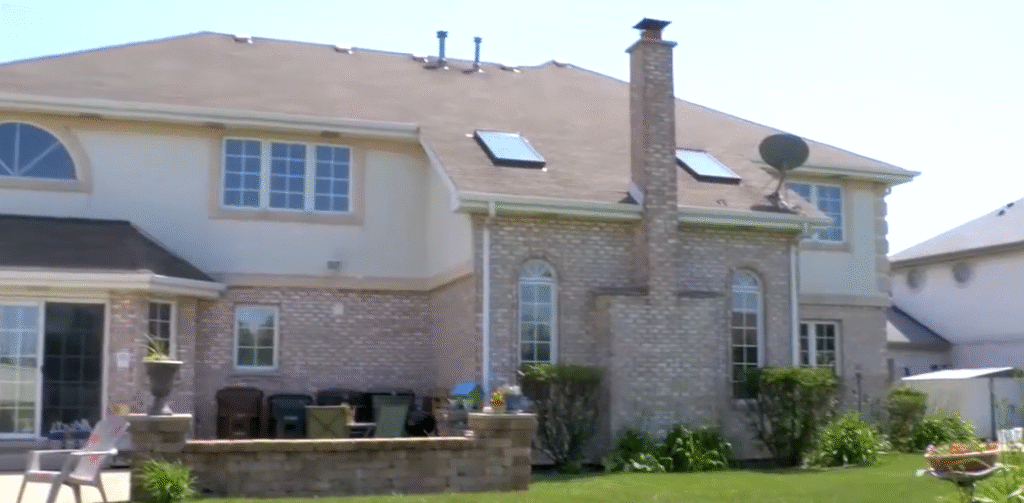The $34 million Home Partners settlement serves as a strikingly powerful reminder that housing is about more than just a place to live; it’s also about opportunity, trust, and openness. It highlights how rent-to-own agreements, which were promoted as a means of achieving ownership, frequently left families with unfulfilled promises and mounting debts by putting an end to years of disagreements. After years of financial imbalance, the legal resolution feels remarkably similar to a corrective pause for thousands of tenants.
Plaintiffs have recently provided anecdotes that are especially helpful in comprehending the more profound ramifications. Families were told that maintenance was their responsibility, they moved into houses that needed immediate repairs, and they signed long contracts with hidden clauses. Despite federal moratoriums during the pandemic, some were evicted after failing to make even one rent payment. Their stories reveal a system in which cycles of displacement replaced hopes for stability.
Home Partners denied any wrongdoing and avoided the dangers of a trial by reaching a settlement. For tenants looking to recover financially, this result is noticeably better, but it raises more significant concerns about the structural fairness of housing markets. The case has sparked wider conversations about Wall Street’s involvement in family housing, especially as Blackstone, the private equity behemoth that purchased Home Partners in 2021, continues to garner attention. The relationship between celebrities, finance, and regular renters has become remarkably evident, much like how Hollywood celebrities like Will Smith and Jay-Z supported rival rent-to-own initiatives.
Table: Key Information on the Home Partners Settlement
| Detail | Information |
|---|---|
| Case Name | Sewall, et al. v. Home Partners Holdings, LLC, et al. |
| Court | U.S. District Court, Northern District of Illinois |
| Settlement Amount | $34 million |
| Case Number | 1:25-cv-07849 |
| Nature of Suit | Contract: Other (Lease Disputes) |
| Class Period (Multistate) | Dec 22, 2019 – Jul 31, 2025 |
| Class Period (Minnesota) | Mar 1, 2016 – Jul 31, 2025 |
| Class Period (Washington) | Sep 21, 2016 – Jul 31, 2025 |
| Class Period (Colorado) | May 1, 2017 – Jul 31, 2025 |
| Allegations | Misleading lease terms, unlawful maintenance clauses, aggressive evictions |
| Settlement Website | HPA Settlement |

The story of Erica Hines-Denson, a nurse from Georgia, demonstrates how hope gave way to annoyance. She and her spouse swiftly signed, hoping for stability, only to find that the yearly increases in the purchase price greatly exceeded the market. They lost not just money but also their opportunity to become homeowners when they were locked out of payment portals due to unpaid rent, hit with fees, and ultimately evicted. Her story, like many others, highlights how corporations secured profit streams while tenants frequently took the brunt of risk.
With more than 28,000 homes under its ownership, Home Partners has become the biggest rent-to-own operator in the last ten years. Securitization, which converted tenant leases into bonds appealing to Wall Street investors, was the driving force behind its growth. Although these financial products were hailed for their exceptional return-generating efficiency, they covertly shifted risk to families. The settlement makes us consider whether a dream as private as becoming a homeowner should be treated like a commodity.
The settlement, according to housing experts, is especially novel because it might encourage lawmakers to enact regulations. The NAACP had previously issued a warning about predatory rent-to-own agreements, pointing out that they drastically limited Black families’ ability to accumulate wealth. The lawsuit supports those worries by emphasizing how many contracts put renters in incredibly long-lasting financial binds — obligations that appeared to be ownership but provided little protection.
Statistics from Tampa, Atlanta, and Chicago reveal how infrequently tenants really bought their houses. In certain areas, eviction filings outnumbered sales, and less than 25% of rent-to-own families were able to purchase within five years. This result is devastating for families who were led to believe they were securing a permanent future, but surprisingly affordable for investors who resold properties at traditional market rates.
It is impossible to overestimate the impact on society as a whole. Investors discovered methods to make large profits from family housing by utilizing advanced analytics. However, the settlement serves as a reminder that human needs are not always met by what is profitable for financial markets. The Home Partners case highlights weaknesses in alternative financing schemes, much like the 2008 foreclosure crisis exposed flaws in mortgage securitization.
The settlement’s ripple effect is what gives it such high significance. Other rent-to-own businesses, such as Landis and Divvy Homes, might now come under more scrutiny. Regulators might insist on more transparent contracts, disclosures from required inspections, and caps on yearly increases in purchase prices. This has the potential to be incredibly successful in safeguarding families while allowing for innovative housing solutions.
The settlement represents both a moment of possibility and a moment of reckoning for society. Tenants may have more equitable options if reforms are implemented, and housing companies may adjust to a more equitable ratio of promise to profit. Families like the Hines-Densons might never be able to get back what they lost, but their experiences have spurred change and made sure that others won’t suffer the same fate.

